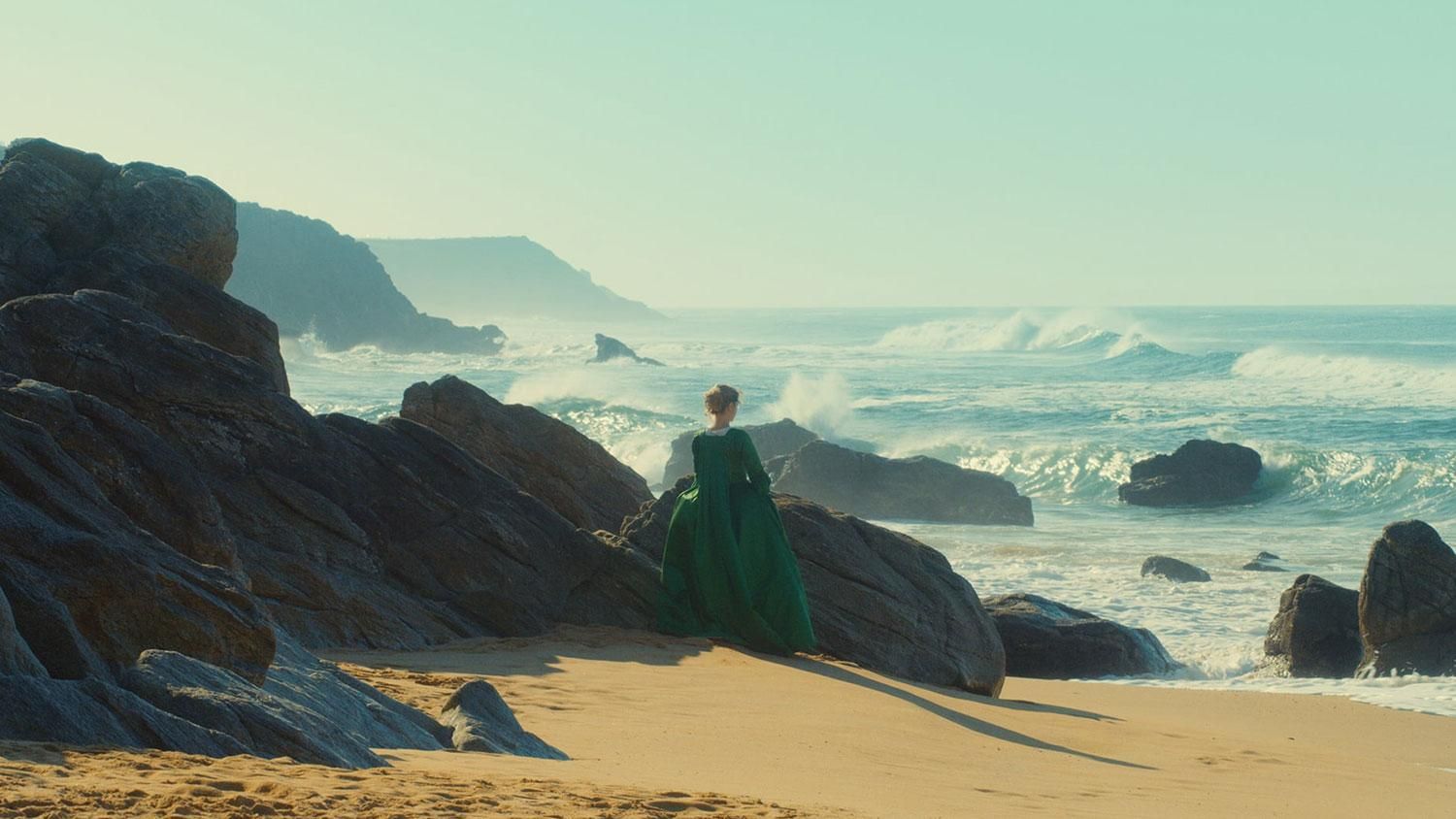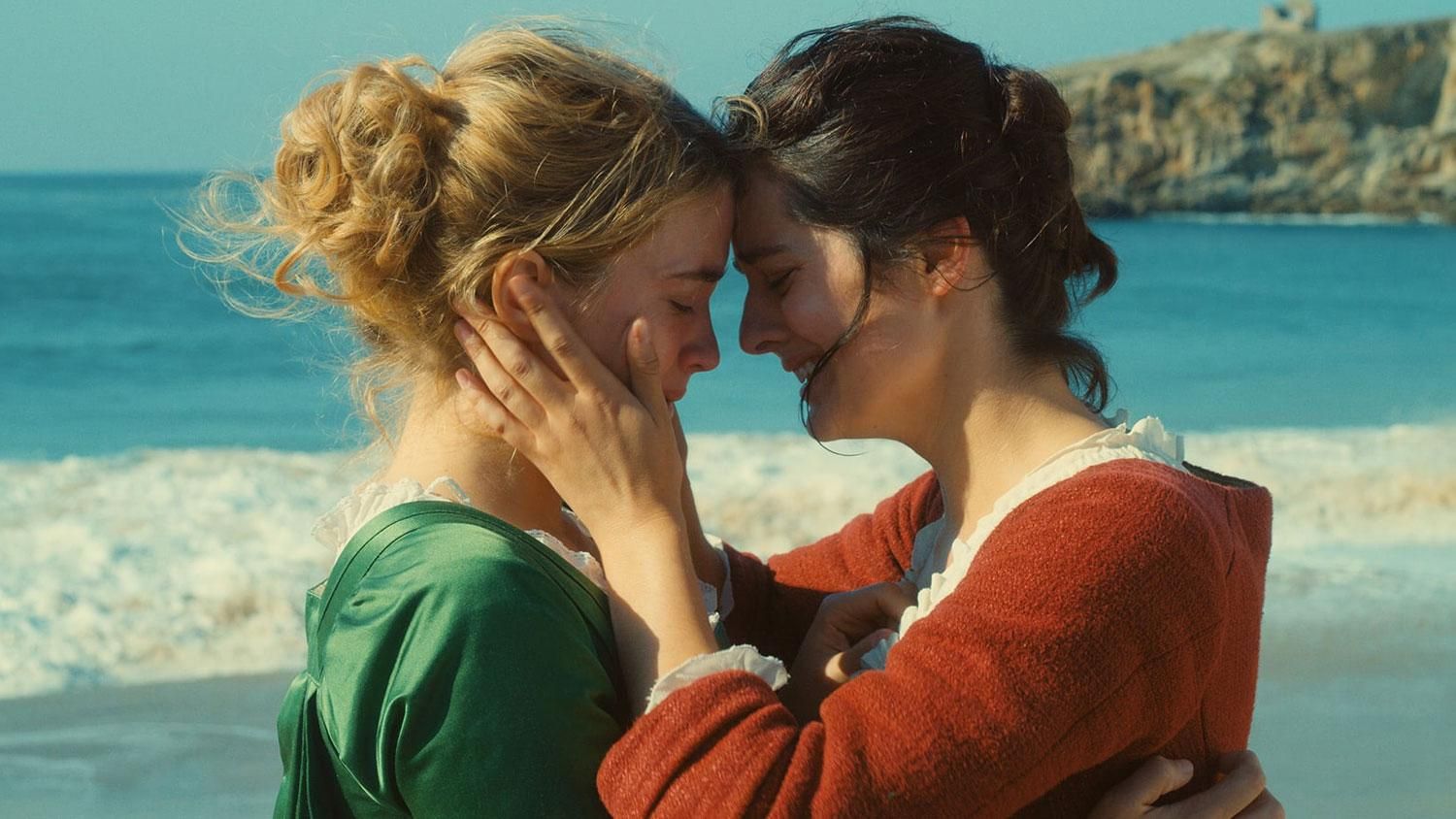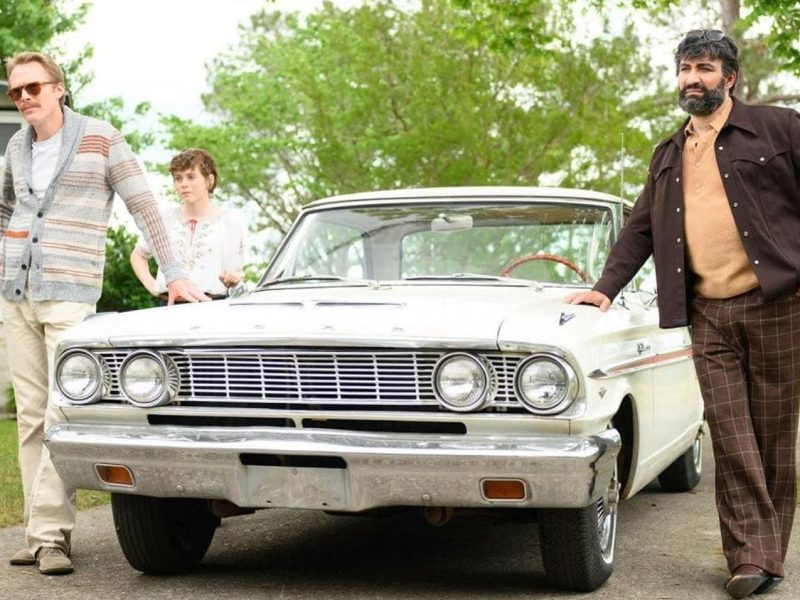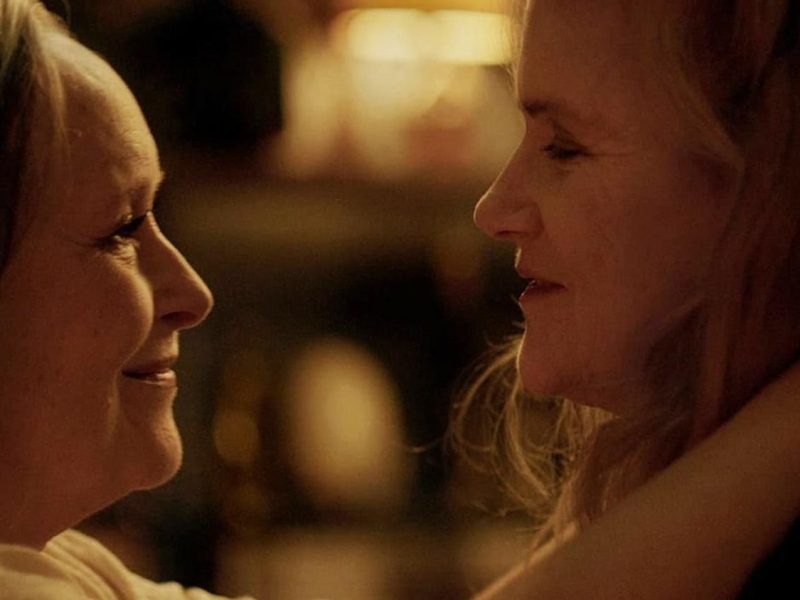Portrait Of A Lady On Fire Review
"He prefers the memory of her. That's why he is averse. He does not make the love's decision, but rather poem's." Marianne (Merlant) interprets the Greek myth of 'Orpheus and Eurydice' which Heloise (Haenel) has read aloud aloud Marianne as well as Sophie (Luana Bajrami). The three ladies are in the kitchen with a candle lit by the castle house which is owned by her mother, She is a Comtesse (Golino) The scene is enchanting, and the atmosphere is like a '18th-century girlie's sleepover' and all the intimacy of this setting.
Portrait Of A Lady On Fire tells the story of the private love language developed by two women. It also focuses on the art works as well as literature and music which allow it to reach its most expressive expression. The art works that allowed them become intimately acquainted with each the other are a part of their personal love language for the rest of time. Similar to the film of Paul Thomas Anderson's Phantom Thread, which is filled with hidden messages that are only apparent once you find these messages, this beautiful simple and heartfelt tale is about love-making couples coding their emotions onto things of the world and dancing with love that leads to the beginning of love.
It's the fourth film directed by French director Celine Sciamma in her capacity as director, following Water Lilies, Tomboy and Girlhood however the credits she has written for are much more extensive and include the animated heartbreak My Life As A Courgette. Her main interest is the marginalised that are often queer and social microcosms during times of heightened development and growth. The stories are shaped by the natural world however, they are fueled by emotions which are too large to be fully expressed. Portrait Of A Lady On Fire is the natural progression in Sciamma's writing and an existential departure in formal consequence, since the tale it tells is presented as a story of a past, and is framed by two scenes set in the future. In this way, the reader is able to see the story as an actual event as well as a historical treasure.

Marianne is a professional artist employed to La Comtesse to create the image that resembles her daughter. The secrecy is essential because Heloise is adamant about having her picture painted. La Comtesse instructs Marianne to pose as a walking friend by subterfuge, and she gets close enough to see the details of the portrait to be delivered to her soon-to-be-wed who is who is a Milanese nobleman. The wedding can't go on without a portrait, which is the reason Heloise isn't willing to pose for the wedding. She doesn't want to be married.
Through Marianne Sciamma's lens that Sciamma frame the story. We do not get to see Heloise until after 20 minutes are been gone. First action she takes is to to run as quick as she can toward the edge of the cliff along with Marianne following her in a frantic following. "I've thought about it for a long time" she says, stopping just at the edge before whirling around so that her face is seen in the very first moment. "Dying?" asks Marianne in reference to Heloise had an older sister who fell off a cliff and plunged to her death. "Running," says Heloise.
From the first second it is clear that the relationship between the women is very intense. Of all the strengths of Sciamma, her screenwriting sets the tone of the story. She's not in a rush to push the romance to the level that is a flamboyant declarations as well as sexuality. Her main focus is to develop the characters in tandem in order that their relationship and trust grows in gradual steps, such as spending time with them, walking along the sea , and then attracting to each other in the castle, just like two magnets.
It's not only a tale of women wanting to get together it is a story of women who are willing to assist each other through the challenges of the challenges of womanhood. Sciamma pleads for a romantic relationship that makes you feel happy, instead of destroyed.
In one scene that is a key bonding sequence Marianne is hammering out the keyboard arrangement that is Vivaldis' Four Seasons. Heloise is in awe as she has not heard such music before. This is the moment when Marianne is, to her she becomes an extension of the world at large and a source of thrilling knowledge and awe. Once a convent girl she's now a princess in a tower, depressed about the outcome of her marriage and yet never less than just a victim to the forces of nature. Adele Haenel has a fiery tomboyish stomp-walk, which cuts her blonde locks and blue eyes, as well as a feminine dress and rosebud mouth. She's a fierce sassy girl that Sciamma can define, while letting her traits get more striking as the relationship develops into a deeper intimacy.
This is a documentary about female gazes that is fueled by the women who sit behind the camera and those on the other side. Heloise and Marianne look constantly at each other's eyes, willing to return for every meal and savor every moment and never getting bored of the things they share with their hearts. Claire Mathon, who also took Mati Diop's ethereal Atlantics and showcases her versatility by putting together one sharp and precise photo after another. The images she has created are striking and complement Dorothee Guiraud's costumes. Certain colours stand out in the blue of the sea that is a perfect match for Heloise's eyes and the jade green dress she wears to take her portrait; and the dark hickory used in Marianne's swift, dazzling eyes.
The time needed to allow Heloise and Marianne's desires to be realizedand then an eloquent revelation of Marianne's nefarious activities — suggests it is possible to incorporate the maid Sophie's story. La Comtesse goes away for three days. In this teeming timeline, all the important things happen. Similar to teenagers enjoying the freedom of their home, Marianne, Heloise and Sophie are doing what they have to do these days prior to a more disciplined life returning. They cook together or play cards and test a variety of solutions to assist Sophie to terminate the unwanted pregnancy. The way in which the story of abortion is handled creates friendship and camaraderie. It's not simply a tale about women who want to be together This is a story of women who want to help each other through the challenges of the challenges of womanhood. Some kinds of desires cause one partner to dominate or even destroying the other. Sciamma asks for relationship that makes you feel happy instead of devastated.
Sciamma also advocates to be a part of the poet's route. The film's existence is a proof of the beauty that can be made if you can rescue romance from the past but has ceased to be. The film is based on only two music pieces that each punctuates this silence using a flurry of emotion that is similar to the sense of self-annihilation which is a part of romantic exuberance.
This film shares a philosophical resonance with Terrence Malick's A Hidden Life. Both acknowledge that love for one another isn't about acquiring one another at all costs it's about finding an ideal of poetry that is shared and letting things take place as they please and in the comfort of knowing that what isn't altered is still in its explosive form, ready to explode upon the contact of Orpheus as well as Eurydice or Vivaldi or any book with a 28-page spread.


